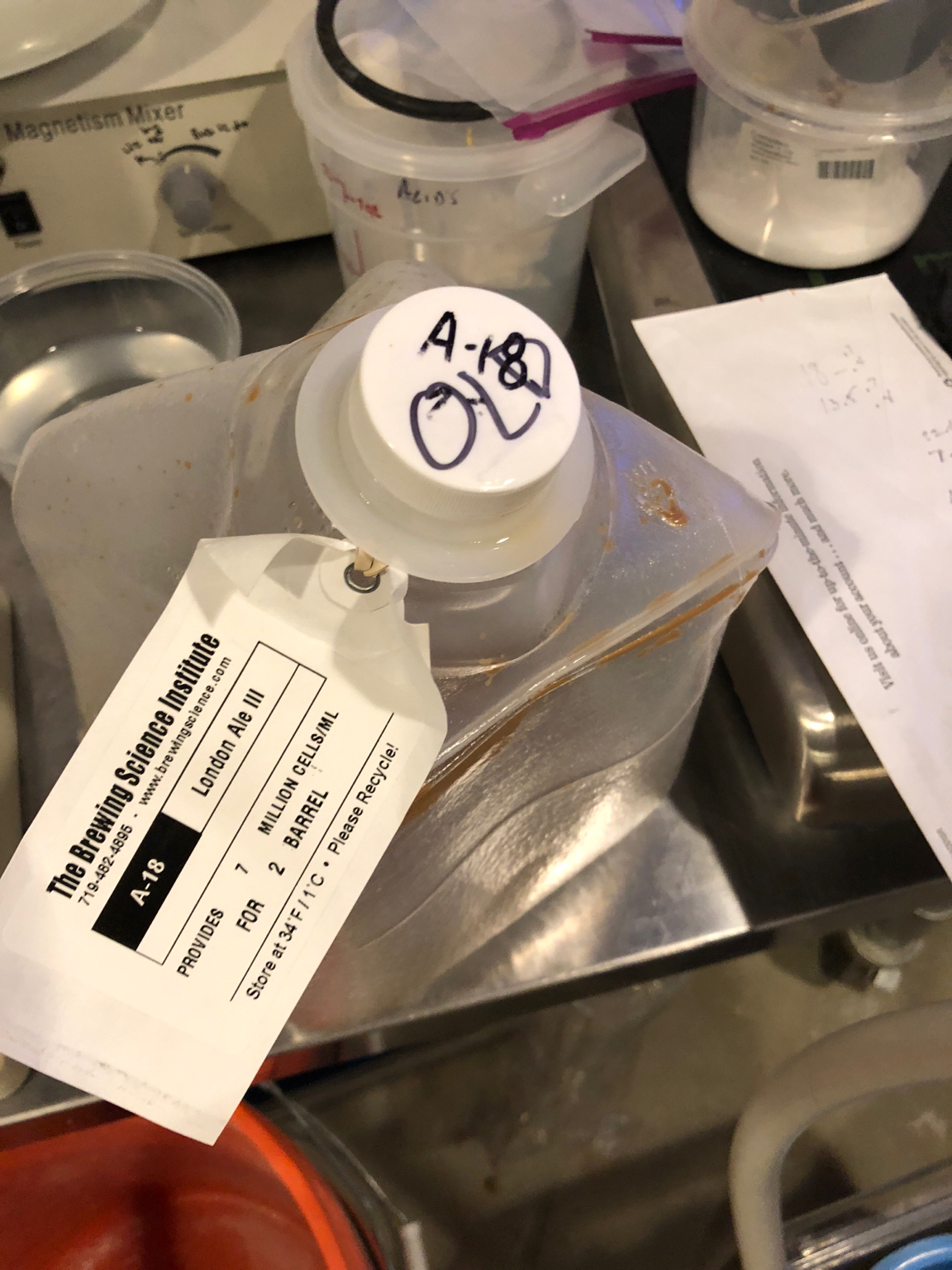CaptainCookie
Active Member
- Joined
- Jul 17, 2017
- Messages
- 36
- Reaction score
- 3
I everyone, so far I've been working only on 5gal carboys, but all the sudden a friend of mine just got a job on a large scale brewery, so he's taking me with him as well, as a helping hand. The brewery works with 1080gal conical fermenters, so they´re looking for someone who can manage yeast starters and viability. I've never worked on so large scale, so I hope you guys can help me with some questions about:
- How are the yeast starters are usually prepared for this kind of volume?
- For a given volume, how much starter is needed?
- For this kind of volume, what percent of viability is needed? how much in yeast's cells is that?
- How do you determinate yeast viability for the starter? please determination by hand, no calculators, so I'll be able to do it by myself on any occasion












































![Craft A Brew - Safale S-04 Dry Yeast - Fermentis - English Ale Dry Yeast - For English and American Ales and Hard Apple Ciders - Ingredients for Home Brewing - Beer Making Supplies - [1 Pack]](https://m.media-amazon.com/images/I/41fVGNh6JfL._SL500_.jpg)















